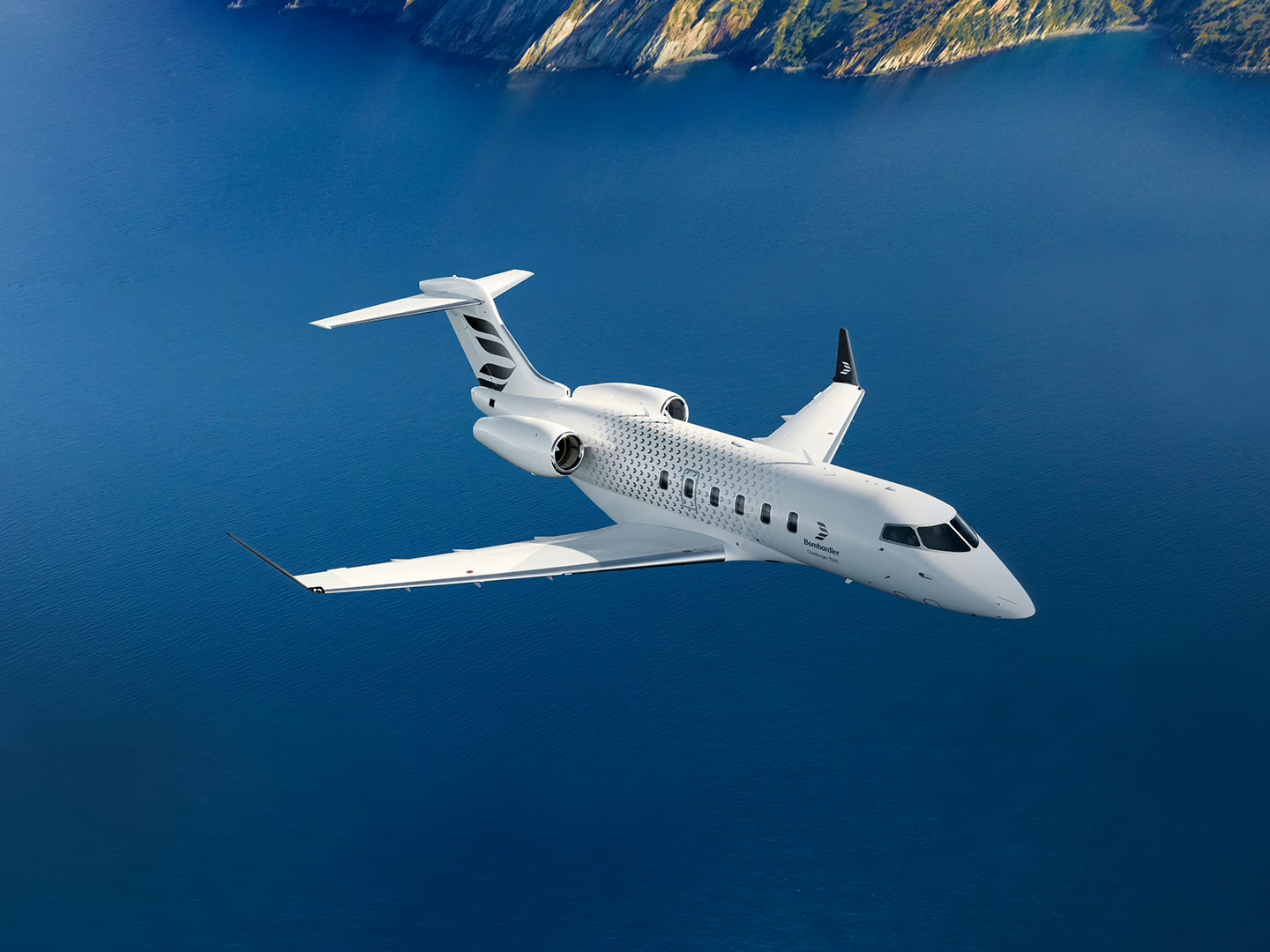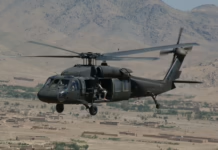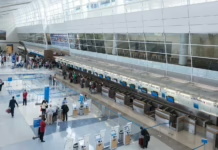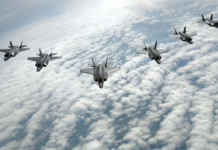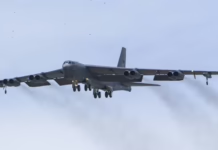Industry leaders report workforce shortages and quality issues hampering production as sector posts double-digit growth since pandemic
Business aviation manufacturers are wrestling with persistent supply chain disruptions that threaten to constrain expansion in a sector that has grown roughly 15% annually since the COVID-19 pandemic.
The supply network is “not able to maintain the capacity and integrity” needed to support the industry’s momentum, Michael Amalfitano, chief executive of Embraer Executive Jets, told attendees at the NBAA-BACE newsmakers lunch Monday.
Amalfitano said suppliers have struggled to match the sector’s rapid expansion. The loss of skilled workers during the pandemic has created compounding problems.
“There are too many failures of parts,” he said, attributing both capacity shortfalls and quality defects to workforce attrition in recent years.
His concerns echo throughout the industry. Bombardier CEO Eric Martel pointed to similar challenges affecting multiple tiers of the supply network.
“We have seen a lot of craftsmanship leaving the industry after Covid, and there has clearly been some knowledge transfer that did not happen,” Martel said.
The result has been “quality escapes” rippling through the supply chain, from lower-tier vendors to primary suppliers, he added.
Ron Draper, chief executive of Textron Aviation, said the problem extends beyond labor shortages.
“It doesn’t have the capacity to support the growth,” Draper said. “There are additional choke points.”
Consolidation among suppliers has added to the strain, he noted.
The three manufacturers have responded by placing staff directly with suppliers to identify and address problems earlier in the production process.
Despite these headwinds and lingering trade uncertainties, the market remains robust, according to industry executives.
“We continue to see growth,” Martel said.
Draper cited multiple positive indicators. “All the economic indicators are good, whether you look at the backlog levels of the OEMs, flying activity, or the used market,” he said.
The balance between supply and demand has remained healthy, he added. “All the indicators are healthy and I think all the OEMs haven’t overproduced in this cycle, so supply and demand are aligned and the market remains strong.”

Key Takeaways
- Business aviation supply chains cannot maintain the capacity needed to support 15% annual sector growth since the pandemic, with suppliers struggling to keep pace.
- Workforce losses during COVID-19 have created widespread quality issues and part failures across all supplier tiers, from lower-level vendors to primary manufacturers.
- Industry consolidation has introduced additional production bottlenecks, prompting manufacturers to deploy staff directly to supplier facilities for earlier problem identification.
- Market fundamentals remain strong despite supply challenges, with healthy OEM backlogs, robust flying activity, and balanced supply-demand dynamics signaling continued growth.



